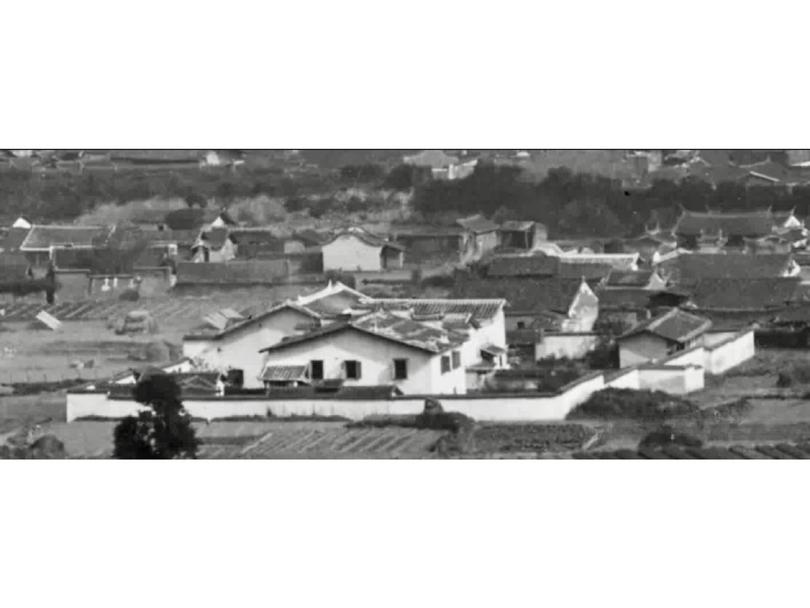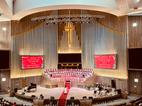The founding of Ningde People's Hospital in Fujian Province can be traced back to 1905. That means this hospital has a long history of 118 years. The missionaries' maternal and children's hospital was its predecessor.
In 1905, Dr. M. L. Hanington (1875–1966) from St. John's, Canada, borrowed half of the storeroom of the school as a pharmacy and five small rooms as inpatient wards. She hired Ms. Ye Xiangying as an assistant and a maid as a partner. The first hospital in Ningde to practice western medicine was Ningde Shengjiao Women's and Children's Hospital (later renamed as "Everlasting Hospital"), which the Anglican Church founded.
In the spring of 1906, Hanington won a grant from the Medical Association to build a new pharmacy, but it was still unable to meet medical needs.
In September 1908, Dr. Hanington returned to Canada during her holiday to conduct charity sales and fundraising, which received a warm response. After returning to Ningde, she bought the land near Yuxiu Female School and planned to build a new hospital. J. C. Clarke (1872–1939), the teacher of the Yuxiu Female School, knew that Dr. Hanington had little time to mind the construction, so she stepped forward to shoulder the responsibility of communication, coordination, and supervision of the construction.
In March 1911, the new Ningde Shengjiao Women's and Children's Hospital was completed, "with two long wards, each with eight beds." There was also a separate ward with three beds for troublesome cases and patients. There was also a nursery, which could accommodate three or four children, connected to the nurse's room and a separate room with two beds.
In May 1912, Dr. Hanington fell ill from overwork (rumored to be tuberculosis) and had to return home to recuperate. After one year, she recovered, but only a year later, because of overwork, she relapsed.
In 1918, Dr. Hanington relapsed again, and Dr. Hanington talked with Jia Qingze about sending a student to study medicine to take over the hospital in the future. Jia recommended Ruan Qiongzhu, who was born in Fudaidu, Xixiang, Ningde. Ruan Qiongzhu came from a poor family. She was sold as a child bride when she was only six years old.
In 1921, at the age of 25, Ruan graduated from Guangdong Xiage Medical College and became the first Chinese dean of this hospital.
In the autumn of 1924, Ruan went to Beijing Union Medical College for further study, where she met and became close friends with Lin Qiaozhi, an expert in obstetrics and gynecology. In 1927, Ruan returned from Germany to continue her studies and established a vocational school for nurses.
In January 1932, Ruan completed the construction of a new hospital with donations from various circles, including donations from the church and donations collected by Jia Qingze and Dr. Hanington from Britain.
In 1934, Ningde Shengjiao Women's and Children's Hospital implemented branch management and set up departments like internal medicine, surgery, obstetrics, and gynecology. The new technology of modern medicine was promoted, and its name was changed to "Everlasting Hospital“.
In 1938, the government of the Republic of China renamed the hospital Ningde County Health Center. In August 1949, the government of the People's Republic of China took over the hospital. In 1966, the Ningde Shengjiao Women's and Children's Hospital had 110 beds and 110 staff. On November 18, 2019, it was changed to Ningde People's Hospital.
(The article is reposted with permission from the Wechat public account: "Searching for the Missionary's Footsteps".)
- Translated by Nicolas Cao












